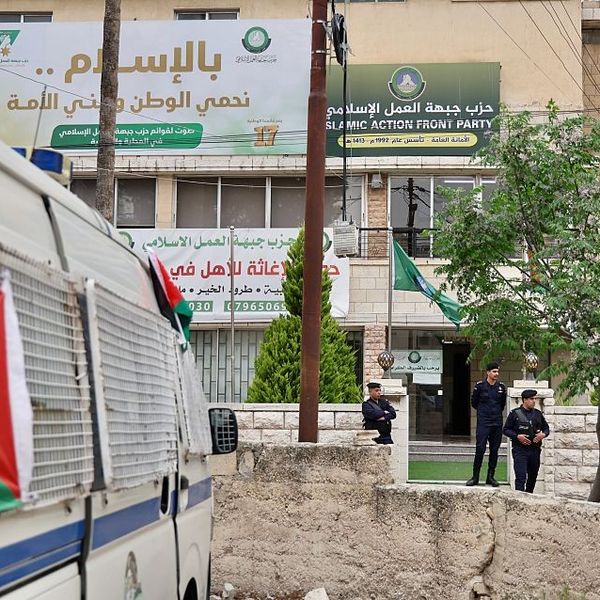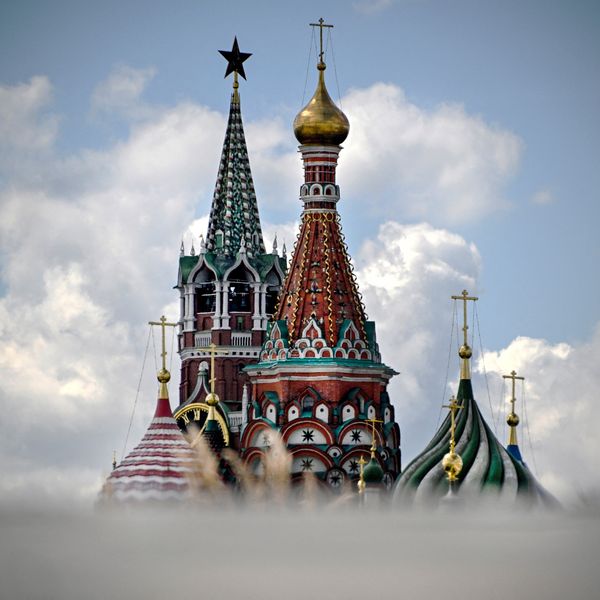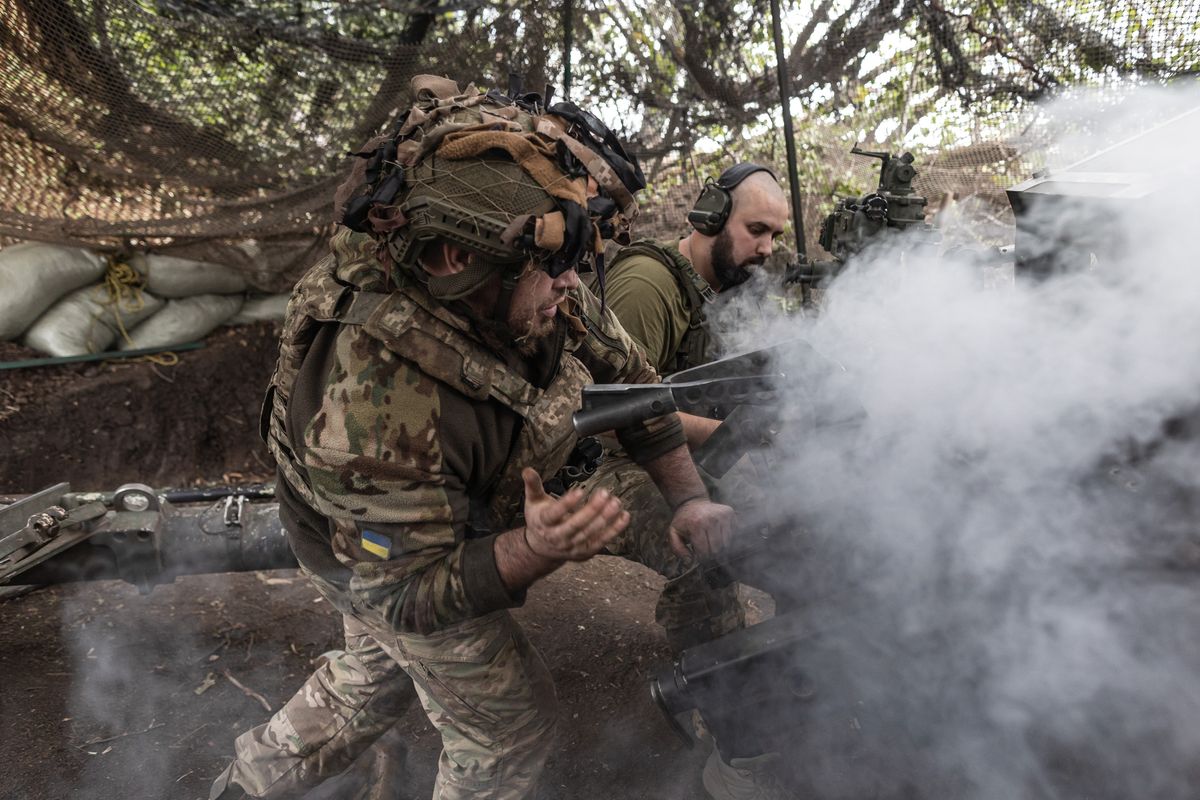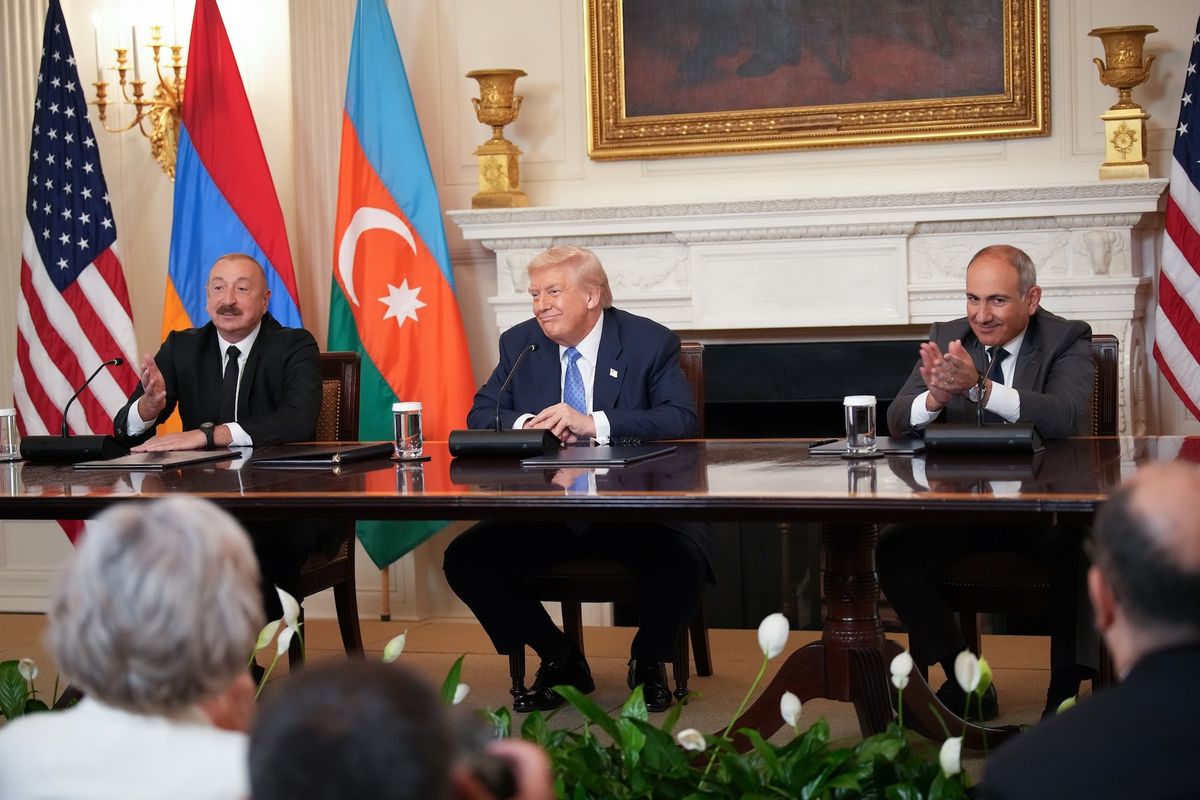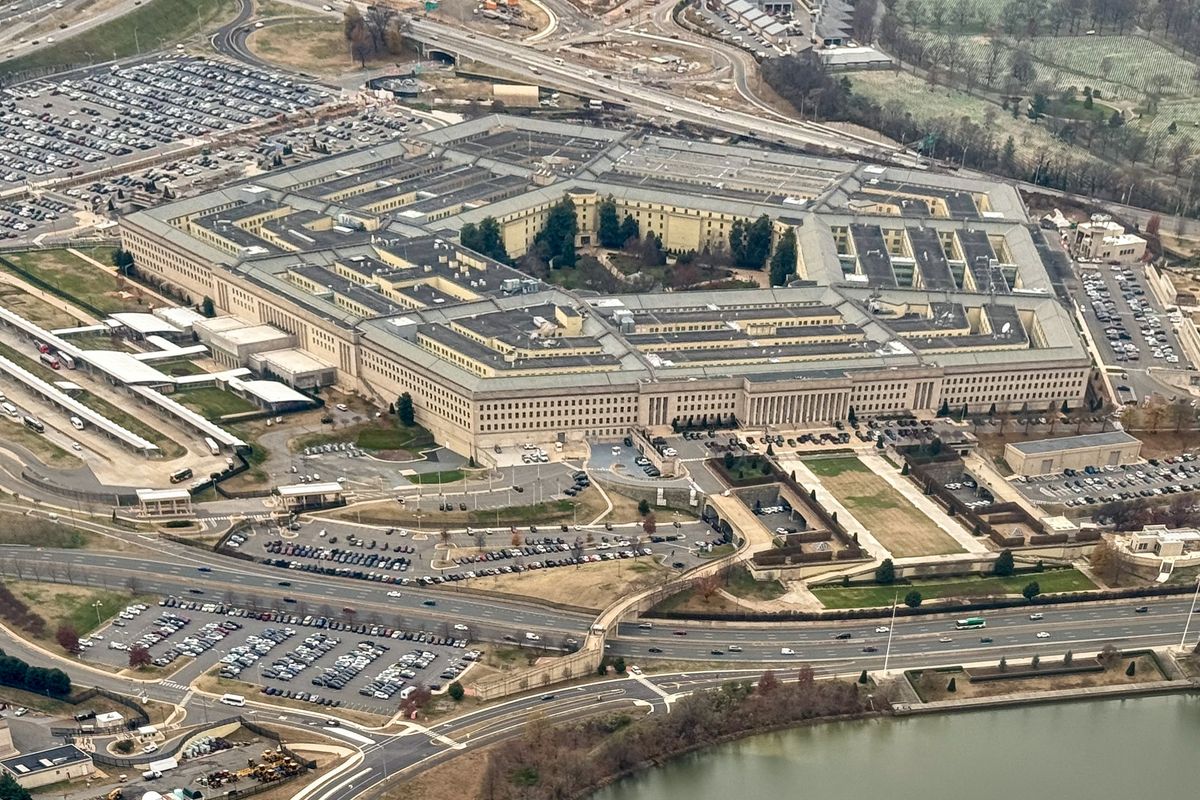After Orlando (and now Istanbul on top of San Bernardino and Paris and Brussels), will we ever feel safe again? Why can't our governments protect us from these senseless atrocities?
These are the kinds of questions many Americans are asking. Despite the campaign based claims of some, the answers aren't simple, and they probably aren't very comforting, either.
I lived though the response to 9-11. I was director of NSA at the time and was part of the effort to gear America's defenses to this new kind of threat. Prior to the attack, we had viewed this issue as largely a law enforcement problem. After the attack, we were a nation at war and brought to bear a lot more of the resources of the nation.
In visualizing our response, I often thought of soccer and the three zones that broadly define that field of play.
We had largely been playing in the defensive zone (as I said, relying on traditional law enforcement to protect us). We certainly strengthened the defense with steps like the Patriot Act, FBI National Security Letters (court-free administrative subpoenas), and NSA's Stellar Wind program that included the acquisition of American metadata (to better track terrorist calls to, from, or within the United States). We also gave guidance to the FBI to be a domestic intelligence organization, investigating without a criminal predicate, what we came to call the "spaces between cases".
We went on the offensive, in soccer terms, pushing the ball upfield and hammering the opponent's goal. The United States destroyed al Qaeda's safe haven in Afghanistan and then, through a sustained targeted killing program, stripped AQ and its terrorist successors of generations of leadership with strikes along the Afghan-Pakistan border, in Yemen and Somalia, and now in Syria and Libya.
We also worked hard to control the midfield, the transit zone between our goal and the enemy's. 9-11 was a plot that was hatched abroad and then exported—in the person of the 19 hijackers—into the United States. We optimized our intelligence collection against this kind of slow moving, multi-actor, multi-threaded, complex threat.
We got very good at it. When I became Director of CIA in May, 2006, we and our British allies had deeply penetrated what became known as the transatlantic airliner plot. A group in London, directed from Pakistan, intended to down multiple airliners over the Atlantic, secreting explosives on board in bottles of sports drinks. The intelligence on the plot was very good, and the only dispute we had with our partners was how long we would let it run before intervening. The British wanted to build evidence for the eventual court cases. We preferred to shut it down as early as possible. But we had near complete intelligence.
We need to keep working to control "the midfield," of course. Al Qaeda in Yemen almost succeeded in downing an airliner over Detroit on Christmas Day 2009 using a Nigerian trained in Yemen. But the "underwear" bomber wasn't all that well trained. AQ knew that if he lingered long in Yemen, the odds of our detecting him and the plot would increase dramatically.
The problem now, though, is that attacks like San Bernardino and Orlando don't transit the midfield. They're not hatched in the enemy's zone and then delivered here. They spring up here—in the minds of loners and the self (or remotely) radicalized—with none of the threads that agencies like NSA and CIA used in 2006 to latch on to the airliner plot.
So how do we reduce the likelihood and the lethality of these kinds of threats?
Well, for one, I would up our play in the offensive zone. I would continue to hammer AQ and ISIS. The jihadists' cause feeds on the narrative that they are acting as the hand and the will of God. And they use their battlefield success to show that this is true, that they enjoy God's favor. Nothing destroys that as much as battlefield failure. The best way to reduce the attractiveness of ISIS and like groups is to just make them less attractive.
That leaves the defensive zone. What more do we want to do here to prevent or at least minimize the effects of these attacks?
Frankly, in terms of detection, there may not be a lot more. There may be some improvements on the margins—better communication with at risk communities, for example, or more invasive authorities for preliminary investigations and more resources for the Bureau—but there are limits. Do we really want to authorize our security services to monitor all the web activity of U.S. citizens in order to detect the occasional isolated soul frequenting jihadist web sites? And, frankly, are there any investigative methods that give us a high probability that we will detect the "not yet guilty" before they decide to act?
It may be that our best bet is to make this hard to detect group less effective whenever they do decide to act, make them less efficient at killing even if we can't always identify or stop them before they decide to kill.
And that has to do with guns and their availability, something that immediately implicates serious constitutional considerations. But we may want to address these questions anew and now include our counterterrorism strategy in our calculations. Are there some people (like those on the no-fly or secondary screening list, about 110,000 people) who shouldn't be able to purchase any weapons, and are there some weapons (like M-16s and look alikes, legitimate only as "weapons of war" according to retired Gen. Stan McChrystal) that no one should be able to acquire? "Yes" may be the appropriate counterterrorism answer to both questions, as we wrestle with yet another difficult balance between our safety and our liberty.
And before anyone dismisses these questions out of hand, since bad people will always be able to get guns or be able to get other lethal devices, let me just say that we shouldn't have to make it easy for them.
Let's talk.



